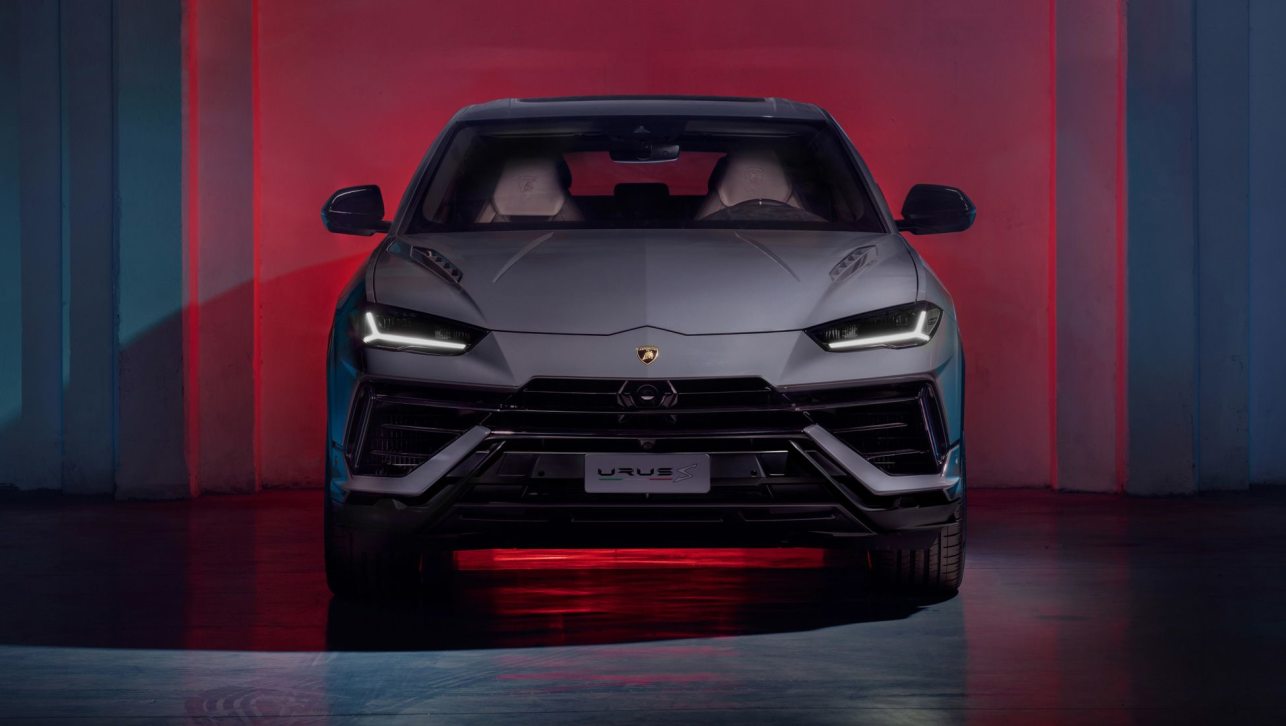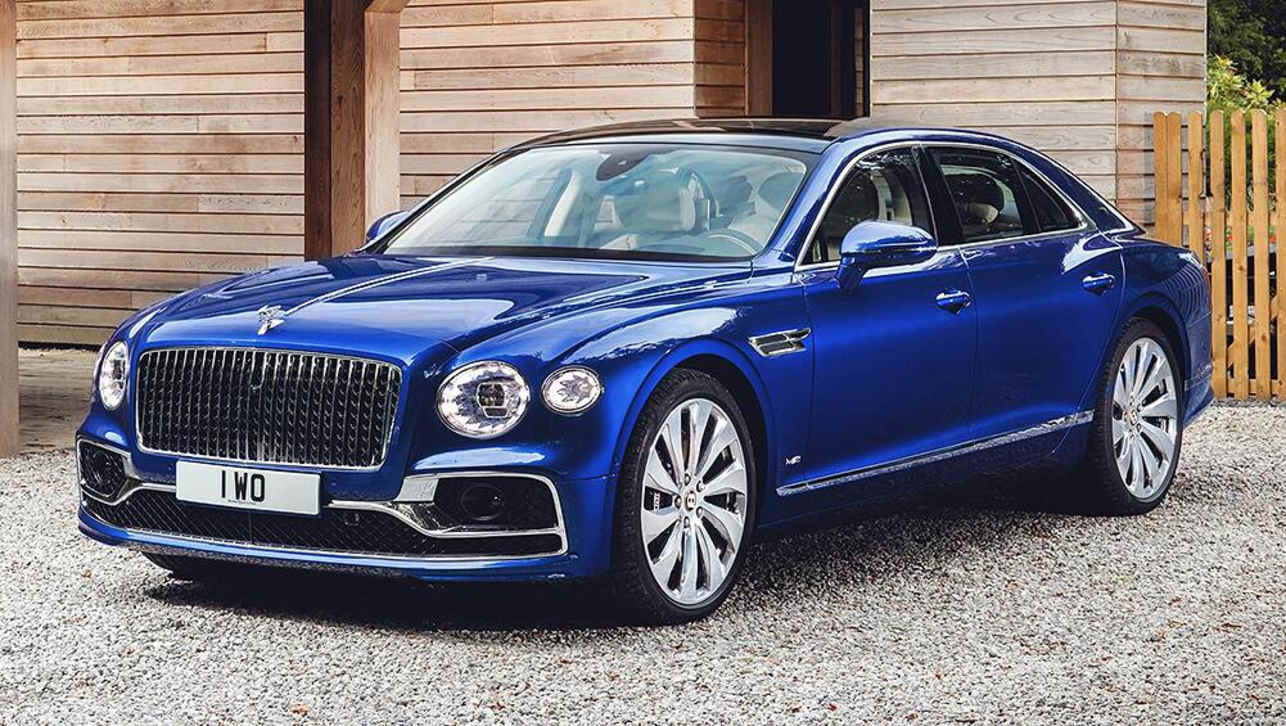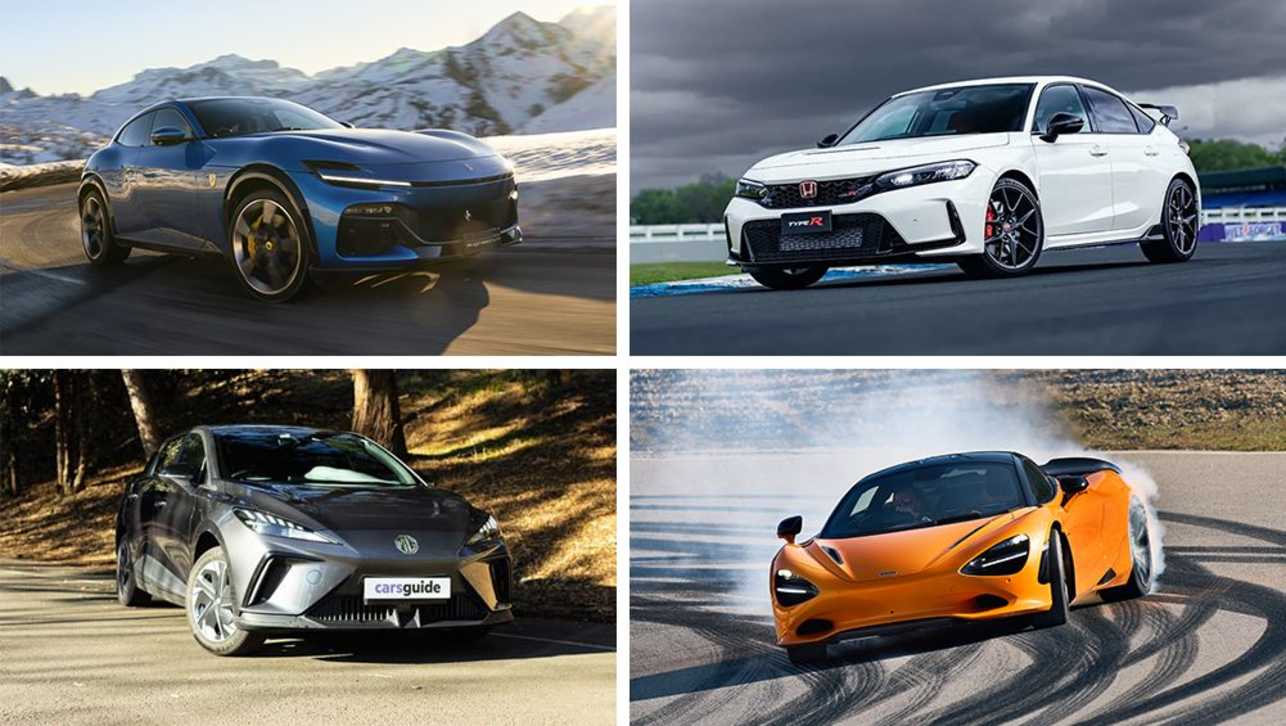But for those readers who can’t wait any longer, and that probably means you, these computer-generated renderings provide a clue as to how the new Ferrari flagship will look.
Based on prototypes spotted in the wild, as well as insider information, the renderings allow us to look past the heavy camouflage and see the stunning beast that’s residing within. They show a mid-engine exotic that’s immediately recognisable as a modern Ferrari, though one that’s significantly wilder than anything that’s yet to leave the halls of the Maranello factory.
They show that the new F70 will benefit from an advanced aerodynamics package, which is likely to include active flaps in the front bumper, like on the F12 Berlinetta, as well as additional flaps and new intakes in the rear section.
In charge of the styling is Italian designer Flavio Manzoni, who is said to be planning a three-curve profile (one curve for the front fender, one sweeping curve for the roof and one final curve for the rear fender) and extensive glass area for the car.
The overall proportions appear similar to those of the Enzo, though the prototypes we’ve seen suggest the F70 could in fact be both longer and wider. The extra length is necessary to accommodate the F70’s new hybrid drivetrain, which is called HY-KERS and based on technology derived from Ferrari’s Formula 1 racing efforts.
The particular setup in the F70 will consist of a high-displacement V-12 engine matched to a dual-clutch transmission and electric motor driving the rear axle. A second electric motor will be used to power ancillary features, thus reducing the load on the engine.
A kinetic energy recovery system (KERS) will ensure the car’s lithium-ion batteries, which are being supplied by Samsung, stay charged. The system’s combined output could be as high as 920 horsepower, while emissions will be around 40 percent lower compared to a non-hybrid solution, Ferrari has confirmed.
Additionally, Ferrari is going all carbon for the F70’s platform, utilising some of the most advanced composites for everything from the central monocoque structure to the individual body panels. The end result is an expected curb weight as low 1133kg -- a phenomenally light number with 920 horsepower on tap.
The marginally more powerful Bugatti Veyron, for example, weighs about 680kg more than the 1133kg target. Even McLaren's carbon monocoque MP4-12C--rated at “just” 616 horsepower--weighs a portly 500 pounds or so more. The F1 tech doesn’t end there, however. Technological transfer from racing is also fundamental to the design, engineering and construction of the F70, specifically, its ability to optimise longitudinal and lateral dynamic characteristics, and thus improve handling.
This will be achieved via torque management, traction control and brake distribution. Next year is shaping up to be huge for supercar fans, as well as fans of advanced powertrain technology. Not only will we see the launch of the hybrid Ferrari, but arch rival McLaren is planning to launch its successor to the legendary F1, and it's tipped to also feature a hybrid system. On top of this, the Porsche 918 Spyder plug-in hybrid is set to go on sale, as is the production version of Jaguar’s stunning C-X75 concept.
Motor Authority







.jpg)
.jpg)
.jpg)

.jpg)


.jpg)






.jpg)



.jpg)




Comments